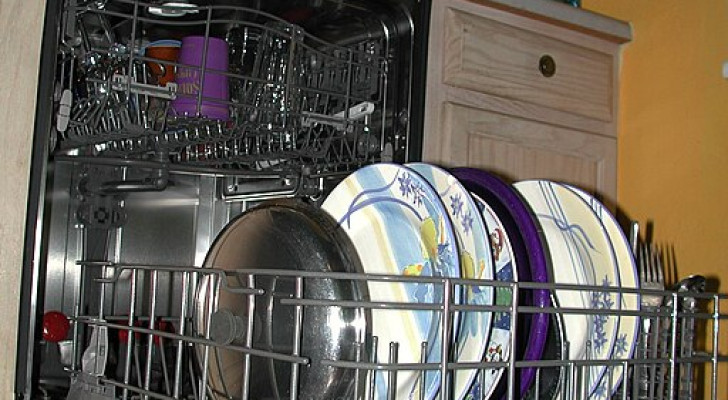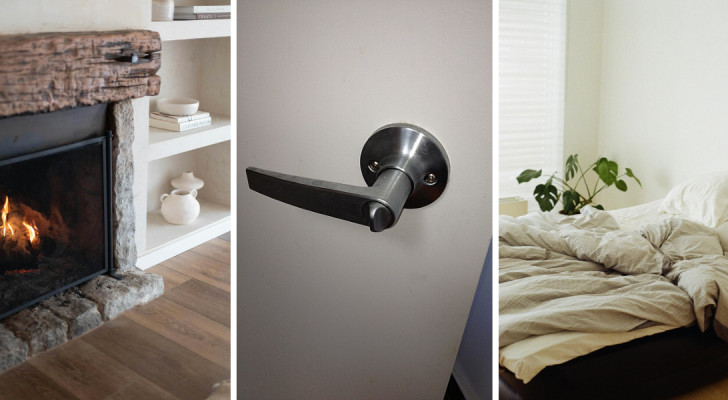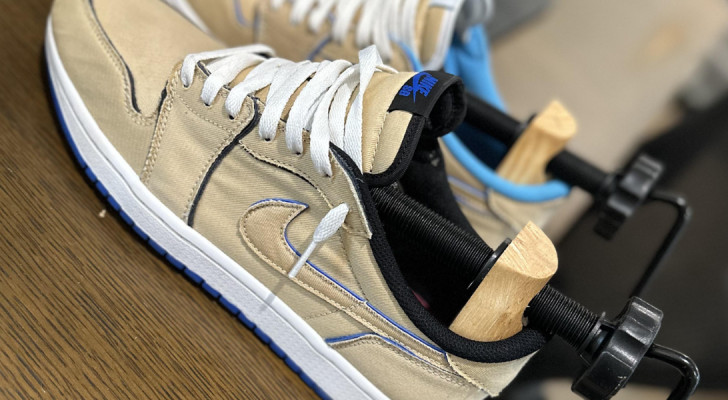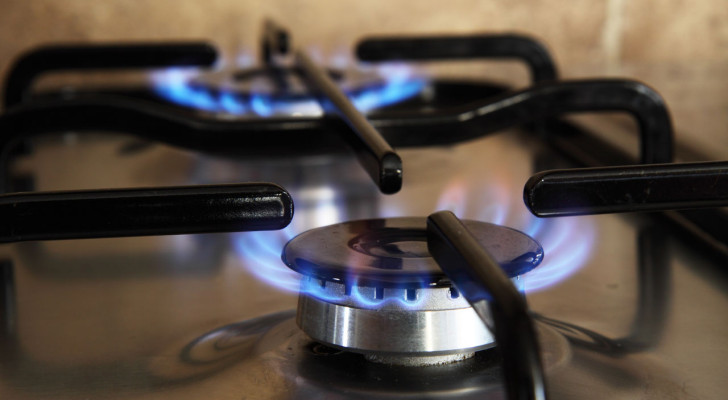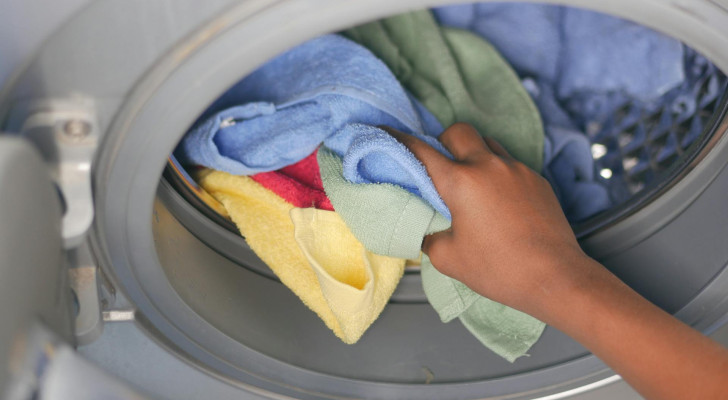Removing mold and limescale from your shower cubicle: why using white vinegar is better than using bleach

@fullhousejordan/Instagram
There is nothing more satisfying than taking a hot, relaxing shower at the end of a tiring day. But if the shower cubicle is not spotlessly clean, it can ruin the pleasure.
High humidity levels in a shower cubicle, combined with warm water offers fertile ground for mold to develop (which is not only unpleasant to look at, but can also pose a health risk). Limescale can also form in your shower cubicle if the water in your area is mineral-rich (which, in turn, facilitates mold growth).
Many use bleach to eliminate mold and prevent it from reappearing in the home. However, using bleach is not really suitable for cleaning shower cubicles and all-natural methods should be used instead .
So, why is bleach not recommended for cleaning the shower cubicle? Can vinegar be used instead? Well, check out the guide we provide below:
Why bleach should not be used to remove mold in the shower cubicle
There are several reasons why using bleach is not a good idea to remove mold from your shower cubicle:
- Bleach is a harsh, aggressive chemical and could damage the surfaces of the shower if not properly diluted;
- Bleach also gives off harmful vapors and should be used with extreme caution (always use a mask and gloves) and ensuring proper ventilation;
- Recent studies have revealed that bleach - while very effective in removing mold - does not eliminate the spores (which can grow back again very quickly).
How to use vinegar to remove mold and limescale from your shower cubicle
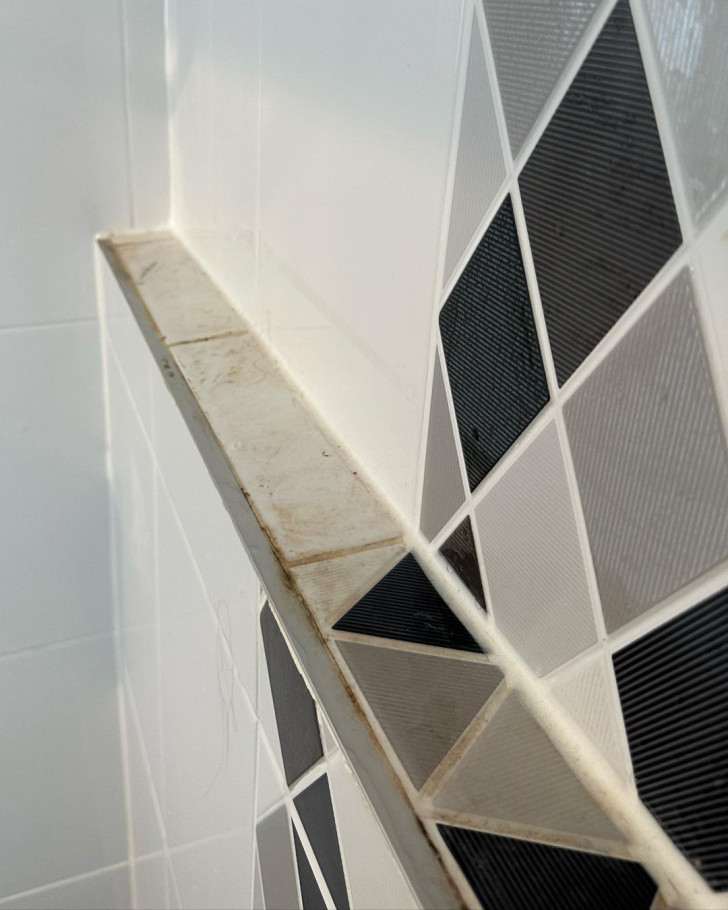
@spotoncleaningsydney/Instagram
To remove mold and limescale from your shower cubicle, vinegar is one of the most effective, all-natural remedies available. Vinegar can remove also efficiently remove mold spores, preventing the fungus from returning.
To thoroughly clean your shower, you only need a few, readily available ingredients, namely:
- water;
- white vinegar;
- baking soda;
- hydrogen peroxide.
Once you have all these ingredients, proceed as follows:
- Make a solution of water and vinegar in equal parts and spray it on all the surfaces of the shower cubicle, paying particular attention to areas where limescale and/or mold deposits are present;
- Leave the solution on the surfaces for at least 1 hour to give the vinegar time to kill the mold and spores. Once done, scrub down the surfaces vigorously with a brush and rinse off thoroughly;
- Make a thick paste by mixing baking soda with a little water and spread this over the surfaces where any mold residue remains after the above-described vinegar/water solution cleaning procedure;
- To clean grouting or silicone seals, you can wet some cotton balls in hydrogen peroxide and place them directly onto the grouting/seals. Leave the cotton balls in place to act overnight, then scrub down using a toothbrush and rinse off thoroughly.
By following this cleaning procedure, your shower will always be free of mold and limescale.
